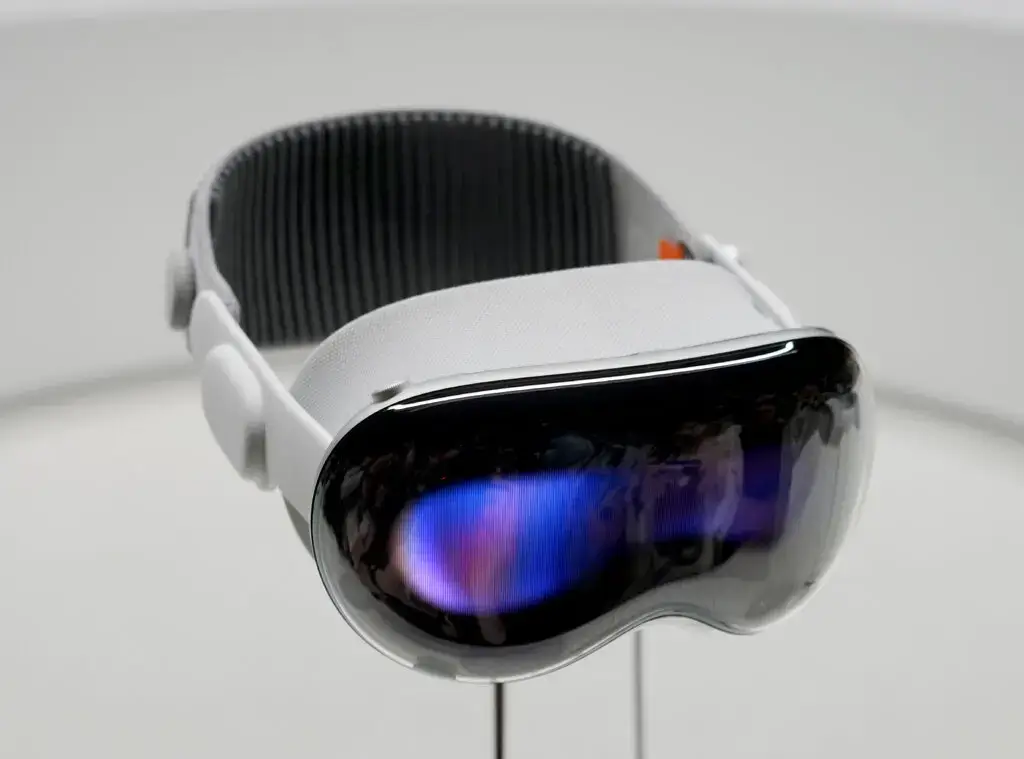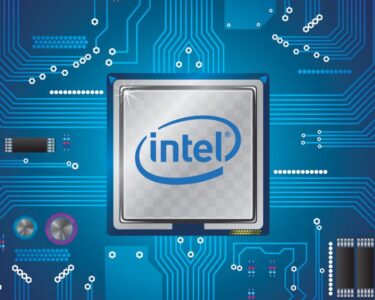On Monday, I had the opportunity to get a sneak peek into Apple’s future of computing with their upcoming product, the Vision Pro. Priced at $3,500 and set to be released next year, these high-tech goggles promise to usher in a new era of spatial computing, where digital information seamlessly integrates with the physical world, unlocking new possibilities. I spent about half an hour wearing the headset and came away with mixed feelings, including a sense of skepticism.
Firstly, I must admit that I was impressed by the headset’s quality. It boasted high-resolution video, intuitive controls, and a comfortable fit, surpassing my previous experiences with similar products from Meta, Magic Leap, Sony, and other companies. The potential applications were intriguing: imagine wearing the goggles while assembling furniture, with instructions digitally projected onto the parts, or cooking a meal while a recipe is displayed in your peripheral vision.
However, despite the impressive features, I couldn’t shake the feeling that there wasn’t anything particularly groundbreaking about the Vision Pro. It didn’t offer a significant leap forward in terms of innovation or user experience. This, combined with an unsettling “ick” factor I hadn’t encountered with Apple products before, left me questioning the device’s true value. But let’s delve deeper into my experience.
After Apple’s unveiling of the headset, I was given the chance to try out a preproduction model of the Vision Pro. The device, resembling a pair of ski goggles, was connected to a silver battery pack via a white USB cable. Adjusting the snugness with a side knob and securing the headset with a Velcro strap, I was ready to begin.
Pressing a metal button, the device powered on, and I proceeded through the setup process, which involved the headset tracking my eye movements by focusing on a moving dot. The Vision Pro is equipped with various sensors to monitor eye movements, hand gestures, and voice commands, which serve as the primary means of control. For instance, hovering over an icon is achieved by looking at it, and to interact, you perform a quick pinch gesture by tapping your thumb and index fingers together, akin to clicking a mouse.
The pinch gesture also allowed me to grab and move apps on the screen, providing a more intuitive and seamless experience compared to the motion controllers commonly used with rival headsets. However, this raised some questions. What other hand gestures would the headset recognize for gaming purposes? How reliable would the voice controls be, considering the current limitations of Siri’s voice transcription on phones? Apple has yet to determine which additional gestures will be supported, and I wasn’t able to test the voice controls during my demo.
Next came the app demos, demonstrating how the Vision Pro could enhance our daily lives and facilitate connectivity with others. Apple showcased features like viewing photos and videos on the headset, where I could adjust the transparency of the virtual content to see the real world or immerse myself completely. They also introduced a meditation app with 3D animations, soothing music, and guided breathing instructions. However, nothing could have prepared me for what came next: a video call.
While the headset’s capabilities were intriguing, I couldn’t shake off the feeling that there wasn’t anything particularly groundbreaking here. The Vision Pro seemed to lack a defining feature or a significant advancement that sets it apart from existing products in the market. Additionally, the experience left me with an uneasy sense that Apple may have missed the mark on this one, departing from their usual knack for seamless and innovative products. Only time will tell how the Vision Pro will ultimately be received by consumers when it hits the market next year.





